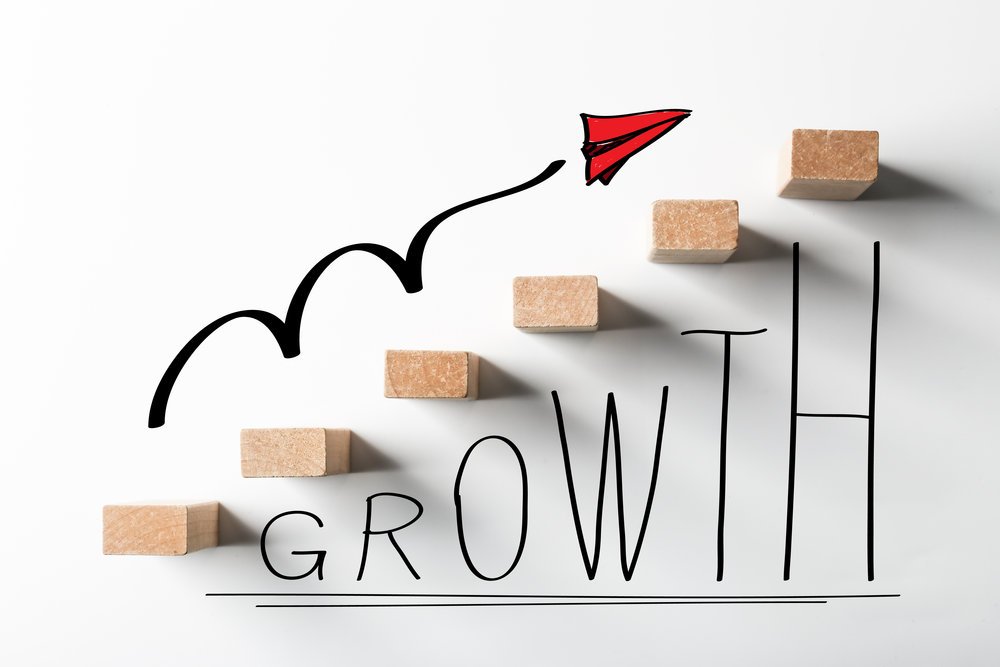
It may be seem obvious if you’ve been practicing dividend growth investing (DGI) for years, but if you’re a new investor, you should be aware there are two very different phases of dividend growth investing. The first one is the accumulation phase, the second is the income phase. Both phases are key to a successful dividend growth strategy. I want to take a look at both phases. As you research DGI, using whatever resources you feel comfortable with (such as SeekingAlpha), you discover that not everyone has the same goals when it comes dividend investing. It’s important to realize this so that you don’t follow advice that you either don’t understand, or that leads you down the wrong path.
Accumulation Phase
The accumulation phase is the first thing you do as a dividend growth investor, and the focus is truly on dividend growth stocks. In this phase you are purchasing the stocks and funds that will ultimately grow and become the core of your portfolio. You are usually in this phase while you are still pre-retirement. While accumulating stocks and funds, you should have a long time frame, generally 20+ years. This allows you to focus on purchasing stocks that are priced low (this is also called value investing) compared to their earnings, and have good growth prospects. Look at estimated future earnings and dividend growth rate. Companies should have a low payout ratio so that there is room for them to grow earnings. High yield is not a concern in this phase. Although I would always recommend a yield of around 2.50% or higher, even for a dividend growth stock, this is not the phase where you need to have stocks and funds yielding 4.50%+. That comes later, in the income phase. An example of stock I would buy in the accumulation phase is McDonald’s (MCD). MCD is a mature company with a strong history that meets our criteria for investing in stable dividend paying companies, but also has room to grow its current dividend which is hovering right around the 3.40% mark. Another example would be Apple with their 2.26% dividend. Although their dividend is lower than I would normally recommend, their growth prospects are huge, and they have decided they will start paying an ever increasing dividend. Both of these companies are the types you likely invest in now for worry free growth far into the future. During the accumulation phase, the key is putting money into companies that are not only likely to be around for decades, but are going to grow and increase their dividend year after year. Find a good company at a good value, invest and hold, and let your portfolio grow. This is the phase I am currently in, and will likely be in for the next 25 years, unless I am able to retire earlier.

Income Phase
The income phase is generally when you decide to retire. At this point, you have likely held most of the companies in your portfolio for decades. But, instead of growth being your most important criteria, you want to start collecting a higher income. If you have a growth portfolio worth $600,000 and yielding 3.00%, you are going to collect around $18,000 a year in dividends. If you have transitioned to an income portfolio that yields 4.50% on that same $600,000, you are now collecting $27,000 a year in dividends. As you can see, in this phase your goal is to collect more money from your portfolio. The disadvantage is your portfolio is likely to be experiencing less growth. If you are in retirement and wanting a source of income to live on, then it likely isn’t an issue that growth is lower in this phase. You don’t want a total lack of growth, because you may be collecting from your portfolio for a long time, but as you are no longer in the accumulation phase, your focus has shifted from growth to income. Examples of companies you would want in an income portfolio are the REIT Realty Income Corp (O) with its dividend of over 5.00%, or Philip Morris International (PM) with a yield of around 4.60%. Both of these companies will, at the very least, grow as fast or faster than inflation, but they also pay a very good dividend.
Conclusion
When researching companies you are going to invest in, always be aware of what type of company it is and what phase you are in in life. Although there is nothing wrong with someone in the accumulation phase buying an income oriented company like Realty Income Corp (O), or someone who is in the income phase buying a more growth focused company, you should generally invest based on your goals. Don’t be seduced by a high yield when you are just starting to invest. A company that has too high of a yield likely has low growth, and if the yield is so high it is unsustainable, you will be putting your money in a company that is going nowhere and it will not give you a good return on your investment.
